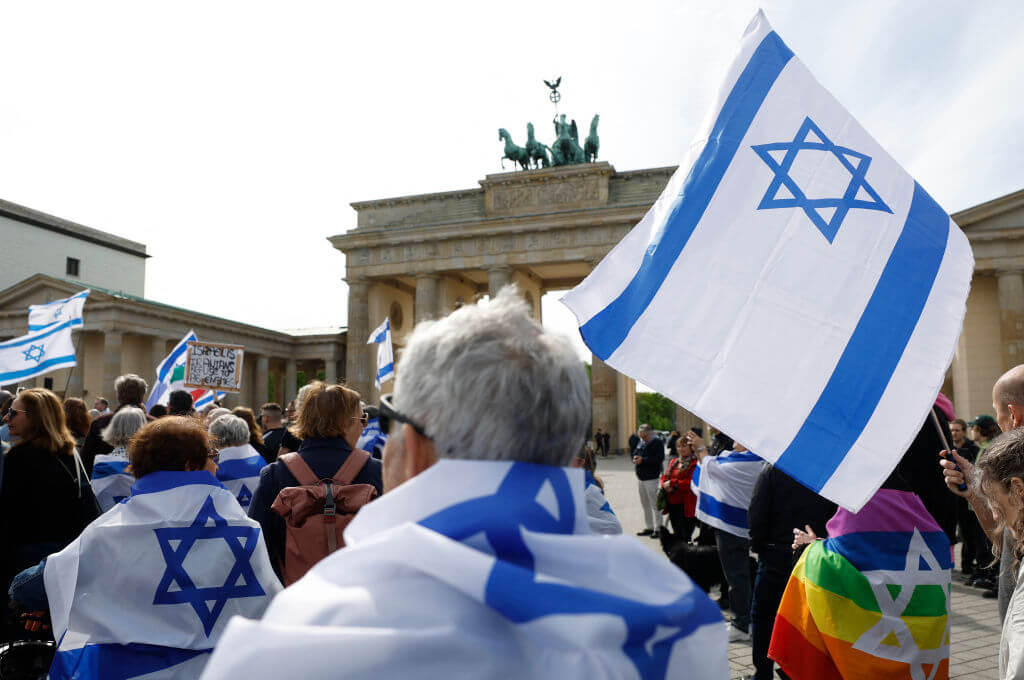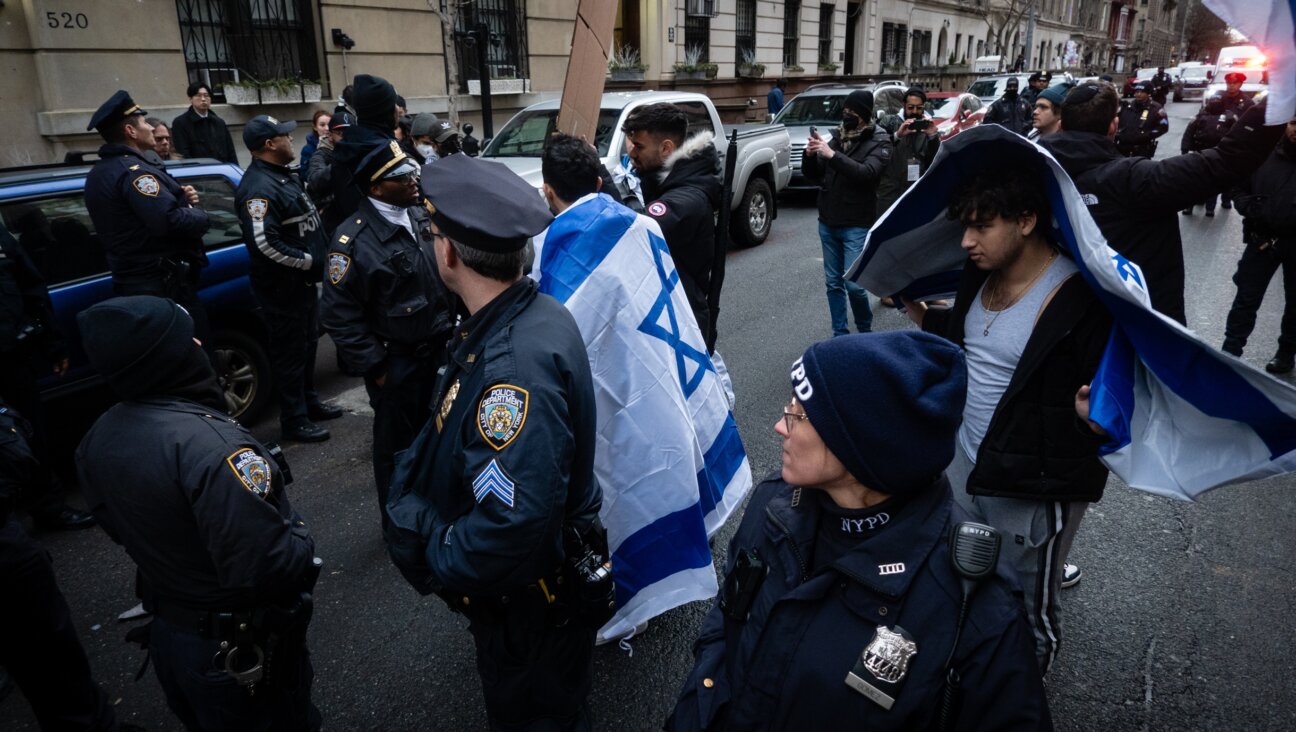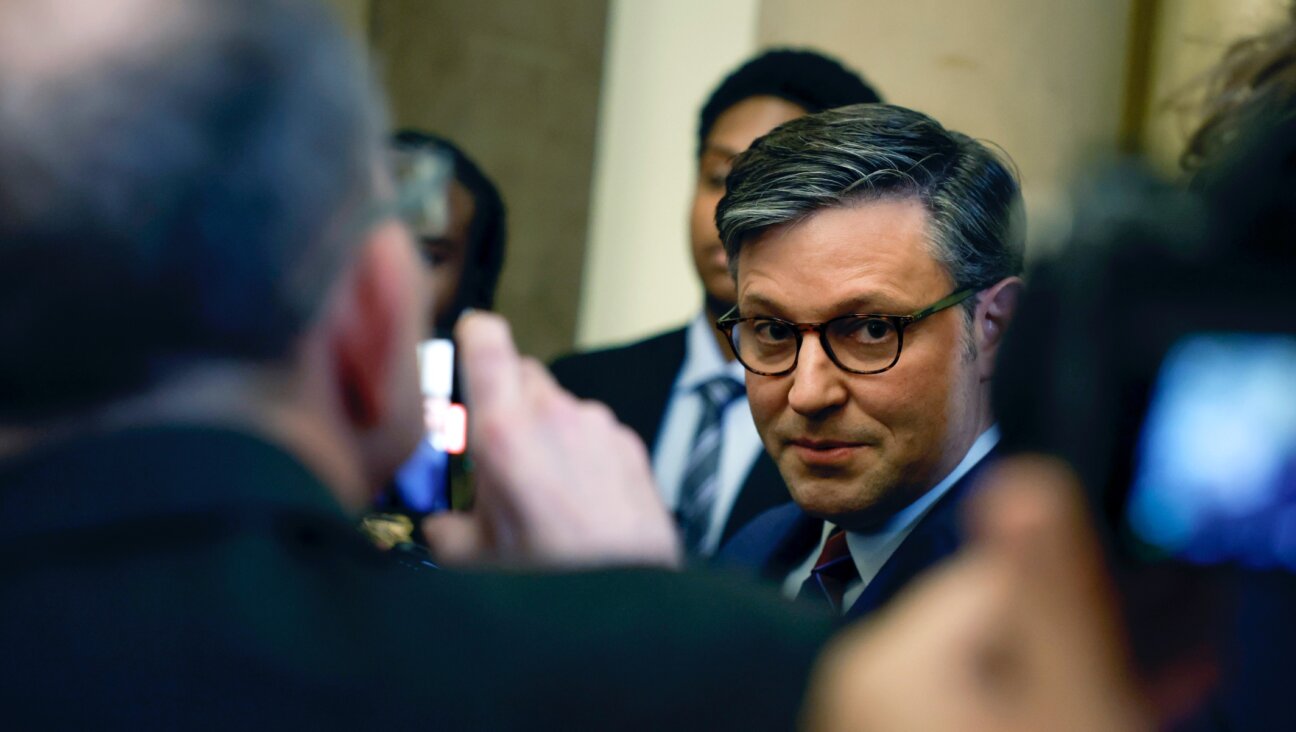Securing the Future of the Center for Jewish History: NYU Has Resources for Growth
During the last half of the 20th century, the center of Judaic scholarship and teaching in the United States moved from Jewish institutions, rabbinical seminaries, Hebrew teachers’ colleges and the independent Dropsie graduate school to secular colleges and universities. This shift took place for a number of reasons, among them the ability to raise money, widespread student interest and the absence of internal Jewish divisions on campus.
But perhaps the most important reason for this shift was the fact that advanced Judaic studies required the cognate disciplines and research facilities that only colleges and universities could offer. Today, most of the intellectual resources that serve the Jewish community are located at secular institutions, which have become the locus for training Jewish educators and professionals.
As these developments were taking place, a grand dream of the American Jewish community was being realized by the establishment of a stand-alone Center for Jewish History. Located just a few blocks from our campus at New York University, the center combines the phenomenal archival resources of the YIVO Institute, American Jewish Historical Society, Leo Baeck Institute, American Sephardic Federation and Yeshiva University Museum.
The center has achieved great things, providing outstanding exhibitions, lectures, concerts and conferences for the academic and Jewish communities, and making much progress in continued archival management and collection. Yet this wonderful neighbor of ours has faced two insoluble problems: an inability to attract the kind of academic leadership that would lead to the fulfillment of its stated goal of fostering research at the highest level, and the constant difficulty of attracting sufficient funding.
Meanwhile, a few blocks away at NYU, one of the leading centers of Judaic studies in North America has taken shape. The Skirball Department of Hebrew and Judaic Studies has 14 full-time faculty, covering all periods of Jewish history, literature and civilization, from the biblical period until today. Our PhDs are increasingly filling positions in universities and rabbinical seminaries.
We have also created growing programs in Jewish education and communal leadership, and we have made a variety of contributions to the work of our neighbor on 16th Street. It is apparent to us that creating a close — indeed, an intimate — relationship between NYU and the Center for Jewish History could allow both to rise to new undreamed of heights.
A merger of our resources would accomplish a number of goals. It would stabilize the leadership and finances of the Center for Jewish History, and enable the partner institutions to recoup financial resources and to expand their work, alone and together with us. It would extend the center’s coverage to include not only modern Jewish history but the entire sweep of Jewish history, as well as provide the kind of research environment that will foster increased usage of the archival holdings by scholars and students of Jewish and general history. And it would create a synergy between the center and a major university devoted to Judaic studies that would turn the reconstituted Center for Jewish History into the leading center for Jewish studies outside of Israel.
How do we propose to accomplish these goals? We hope to merge the Center for Jewish History into NYU, which would allow the center to benefit from all the university’s resources and services. To do this, we propose to create an endowment of $90 million, much of which we have already identified.
We would move the Skirball Department of Hebrew and Judaic Studies into the Center for Jewish History in newly renovated space so that its faculty, postdoctoral fellows and graduate students would become part of the intellectual mix at the center. Finally, we would establish at the center an Institute for Advanced Judaic Studies — similar to those at the Hebrew University and the University of Pennsylvania — to foster the research of those using the collections and others who do research with NYU’s faculty or Judaic holdings.
At the same time, we would maintain the center’s excellent public programming. We intend for the center’s partner institutions to continue to do their work in an atmosphere of collegial cooperation that typifies university organization, and we believe that they can flourish unbelievably in this improved framework.
To this end, we at NYU have sent a proposed term sheet for merger to our friends at the Center for Jewish History. Our proposals obligate NYU to host the center and its partner institutions forever, under financial terms similar to those in effect now.
The partner institutions would maintain ownership of all their library and archival resources. We intend to operate the Center for Jewish History as agents of the Jewish and academic communities, not as an NYU fiefdom. As an example for such an arrangement, one can cite the tremendous success of the Annenberg Research Center, which was known as the Dropsie College for Hebrew and Cognate Learning before merging into the University of Pennsylvania — a process that has led to the center’s financial stability and academic leadership of the highest quality.
We see our proposals as the start of formal negotiations and look forward to further discussion with the Center for Jewish History and the partners. We sincerely hope that together we can reach an agreement that is in consonance with the integrity and mission of NYU, the center and its partner institutions. We are convinced that such an agreement and the consequent merger will be a milestone for the American Jewish community.
Lawrence Schiffman, a professor of Hebrew and Judaic studies and chair of the Skirball Department of Hebrew and Judaic Studies at New York University, is a former president of the Association for Jewish Studies.
In 2000, five Jewish historical institutions — the YIVO Institute for Jewish Research, Leo Baeck Institute, Yeshiva University Museum, American Sephardi Federation and American Jewish Historical Society — partnered to form the Center for Jewish History. Faced with financial difficulties almost since its inception, the consortium was approached this past September by New York University with an offer to merge the center and NYU’s Skirball Department of Hebrew and Judaic Studies into what would be the largest institution for Judaic research outside of Israel. The proposal has sparked a robust debate on the future of the center and its invaluable archives; featured here are the views of two leading actors in the drama unfolding on 16th Street in Manhattan.

I hope you appreciated this article. Before you go, I’d like to ask you to please support the Forward’s award-winning journalism this Passover.
In this age of misinformation, our work is needed like never before. We report on the news that matters most to American Jews, driven by truth, not ideology.
At a time when newsrooms are closing or cutting back, the Forward has removed its paywall. That means for the first time in our 126-year history, Forward journalism is free to everyone, everywhere. With an ongoing war, rising antisemitism, and a flood of disinformation that may affect the upcoming election, we believe that free and open access to Jewish journalism is imperative.
Readers like you make it all possible. Right now, we’re in the middle of our Passover Pledge Drive and we need 500 people to step up and make a gift to sustain our trustworthy, independent journalism.
Make a gift of any size and become a Forward member today. You’ll support our mission to tell the American Jewish story fully and fairly.
— Rachel Fishman Feddersen, Publisher and CEO
Join our mission to tell the Jewish story fully and fairly.
Our Goal: 500 gifts during our Passover Pledge Drive!
























